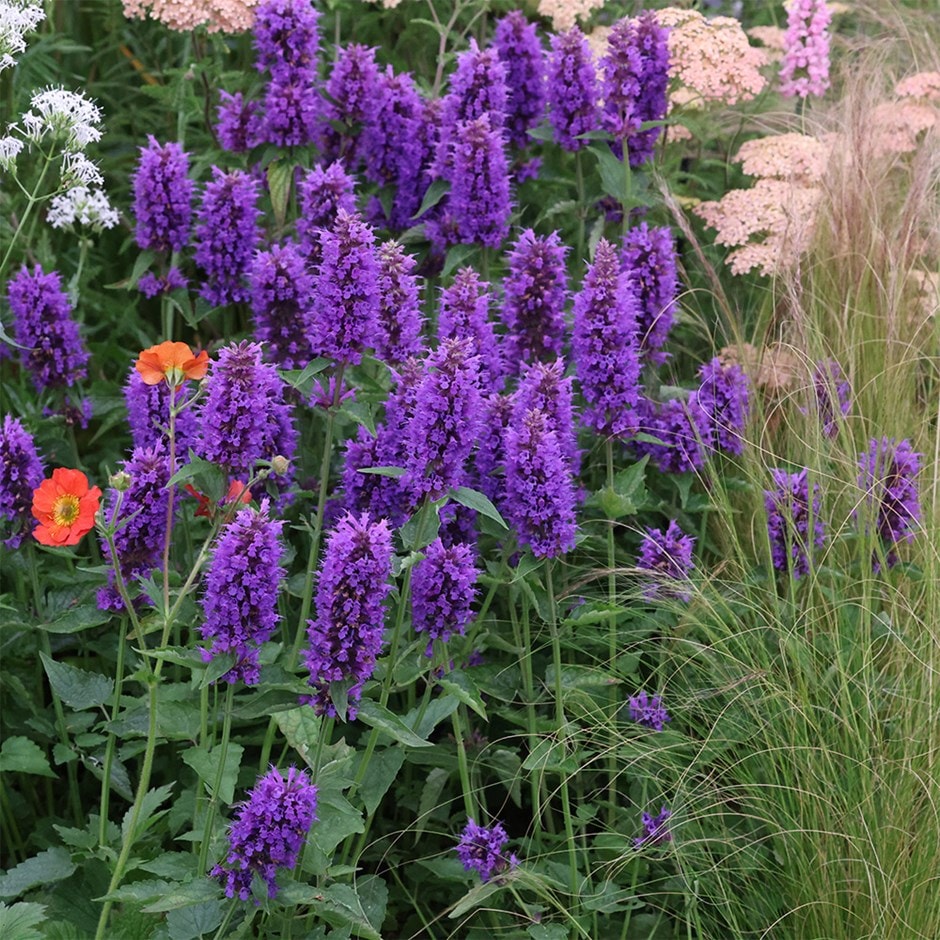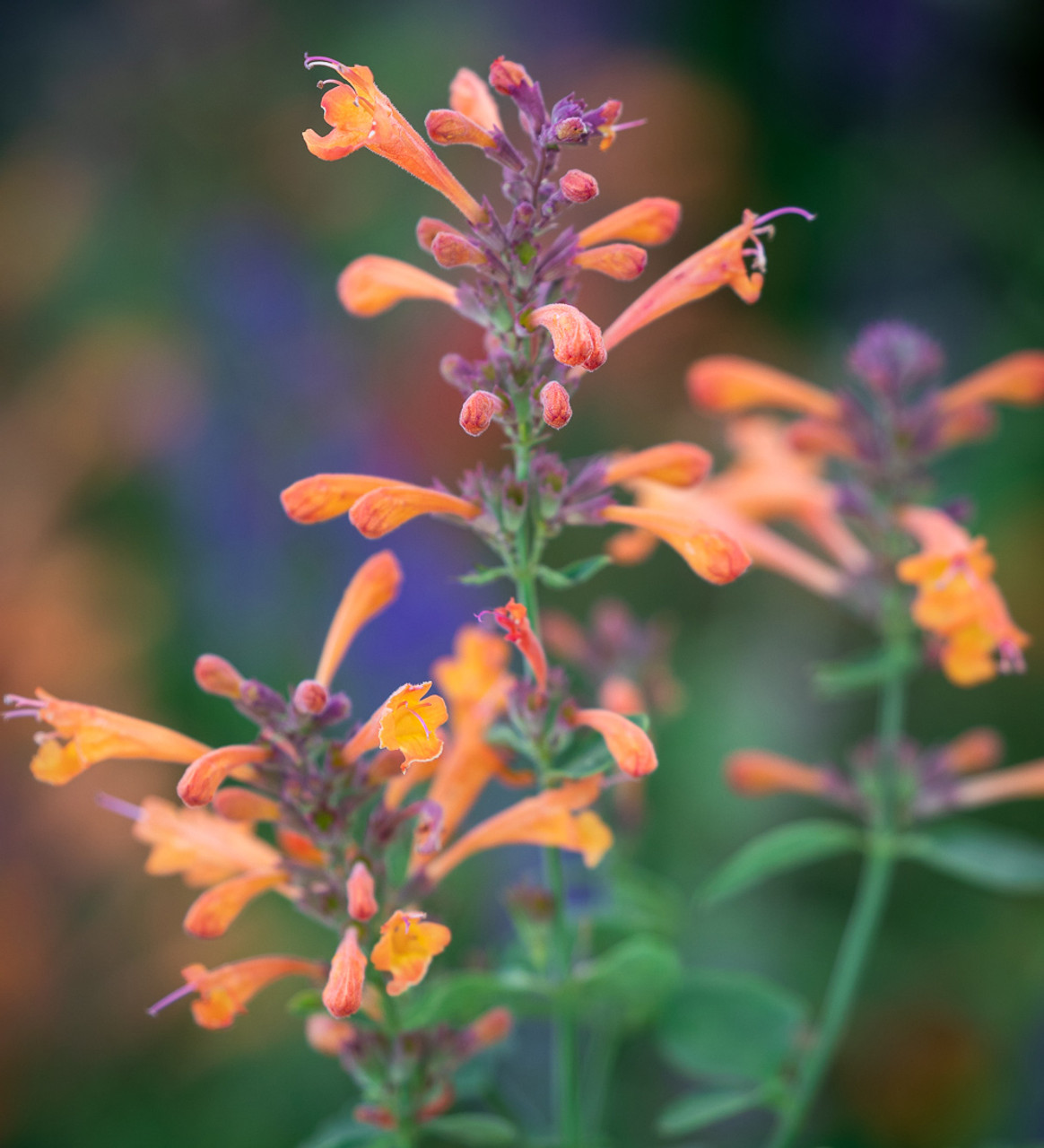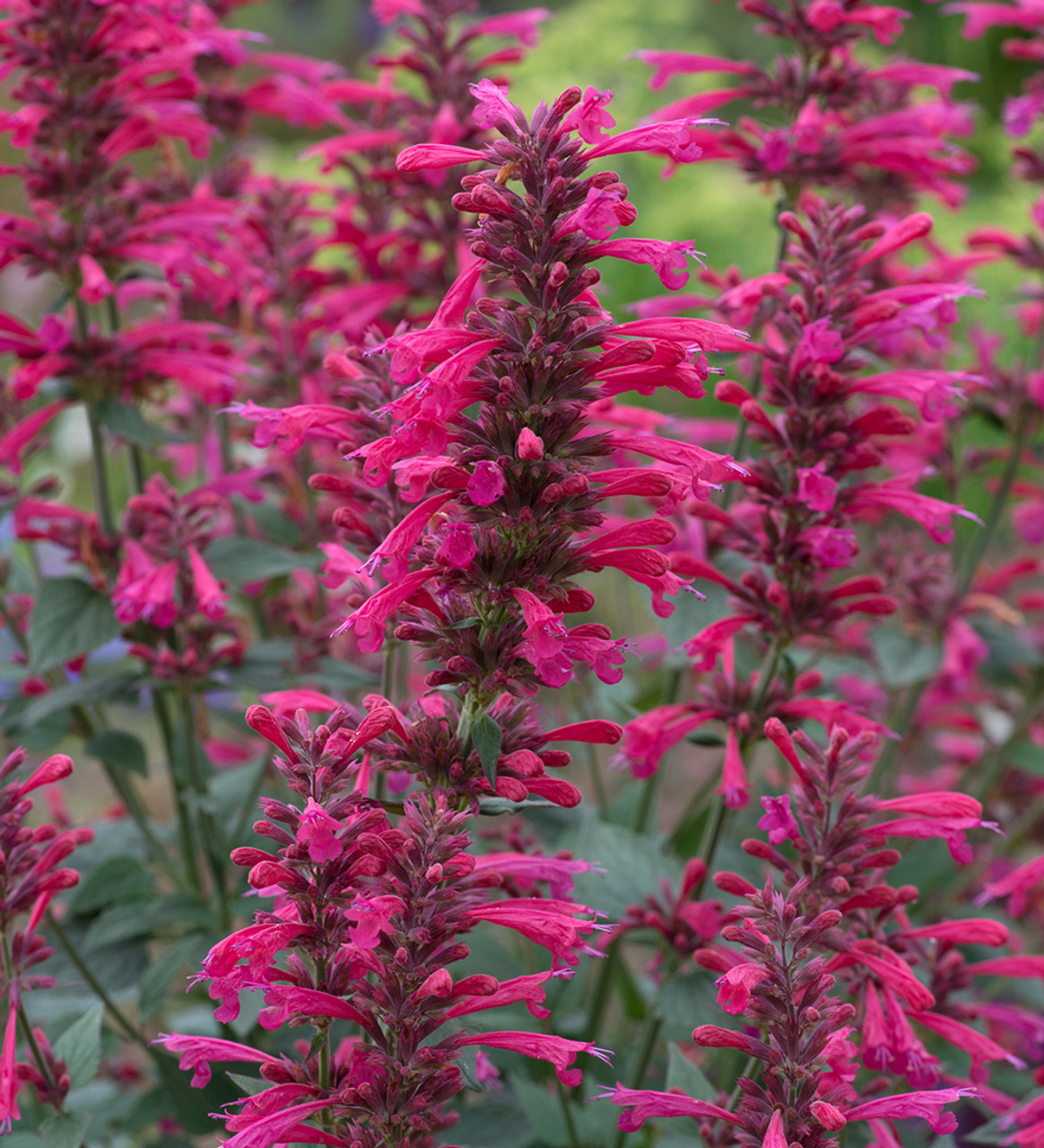Bees and butterflies will love your garden if you plant this one flowering plant, garden experts say
Bees and butterflies can't get enough of this vibrant flowering plant
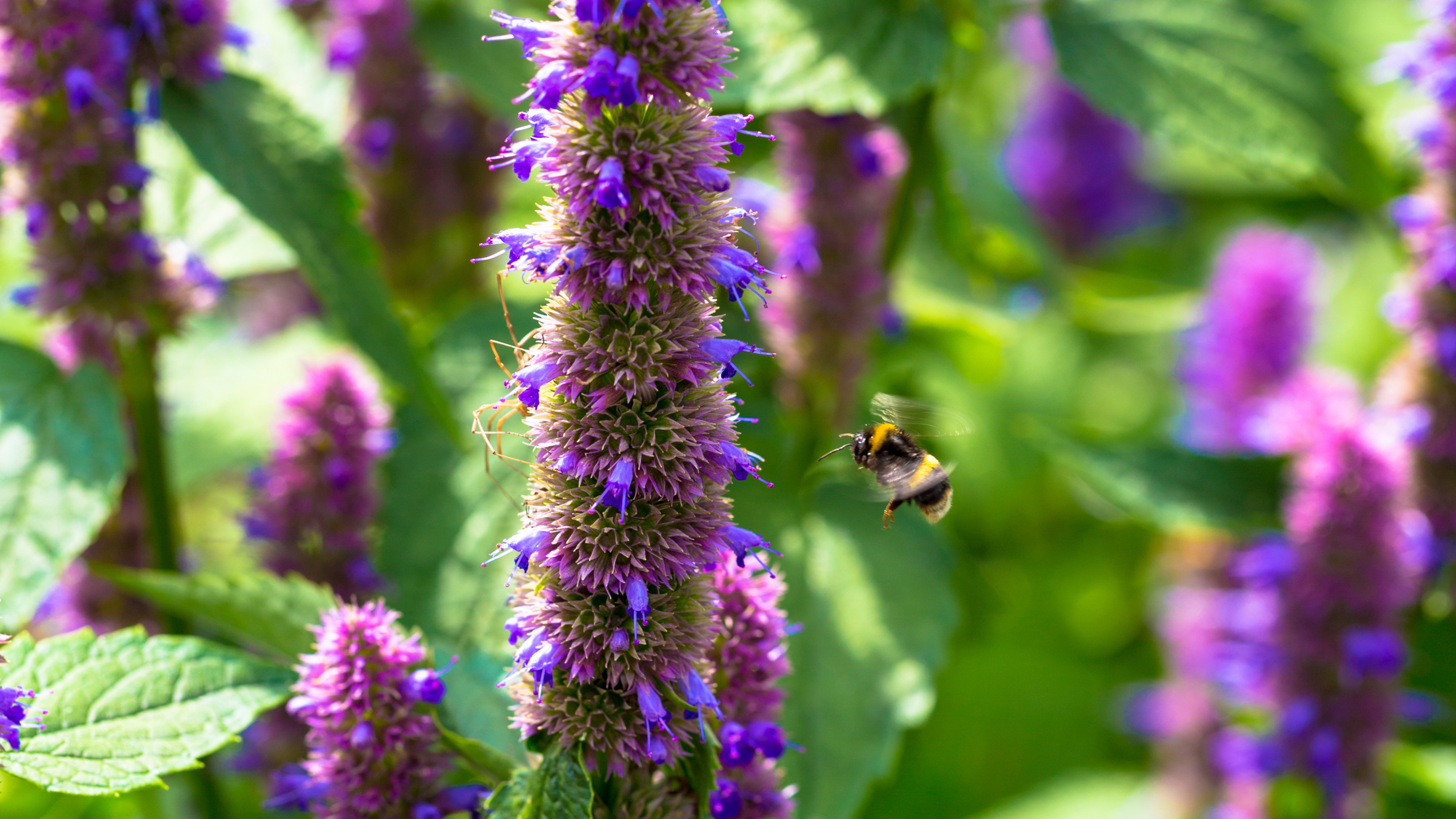

Want to welcome an abundance of bees and butterflies to your garden this summer? Garden experts have revealed that planting agastache is the one thing you should do to encourage bees and butterflies to your garden.
Bees and butterflies should be included in all your wildlife garden ideas. As critical pollinators they keep our fruit, veg, flowers and plants happy and healthy - without them, you can say goodbye to any beautiful blooms.
Knowing how to attract butterflies and bees is important to create a thriving ecosystem, and garden experts say agastache has an abundance of nectar making it the perfect flowering plant for your garden this summer.
Why do bees and butterflies like agastache?
The main reason agastache is one of the best plants for bees and butterflies is because of the abundance of food it provides for them.
‘Agastache can truly be said to be an abundant nectar supply highly attractive to these insects. The tubular flowers of the plant, typically purple, blue, or pink, are especially adapted to pollinators by allowing easier access to the nectar,’ says Gloria Sims, florist and owner of Florist Empire.
‘Bees are especially fond of it for floral sources that produce large amounts of nectar consistently throughout the blooming season, which extends from around mid-summer to fall.’
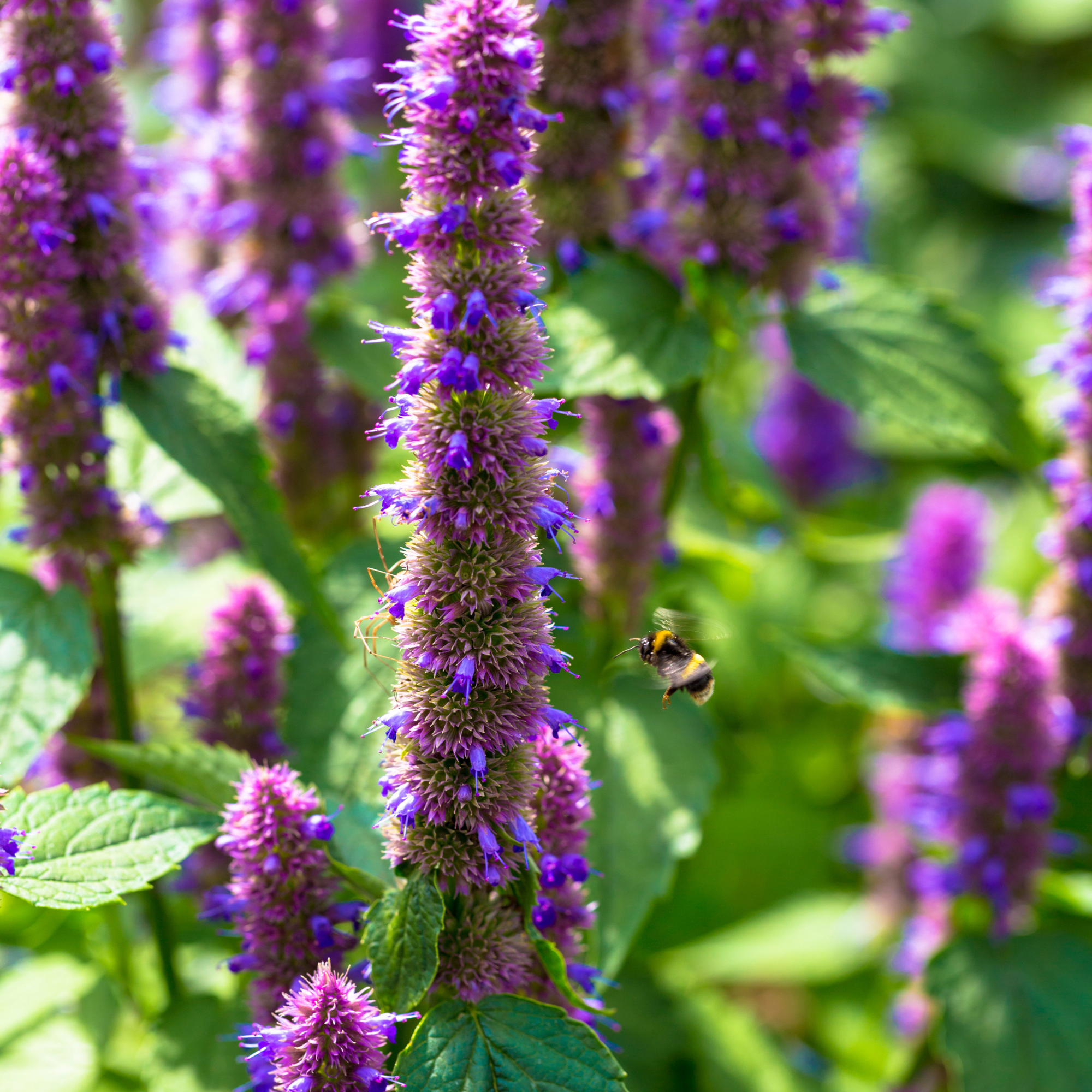
Bee populations in the UK have sadly been in decline due to habitat loss, pollution and climate change, with 35 UK bee species currently at risk of extinction, according to Friends Of The Earth. So when curating your garden border ideas, it’s really important you take these vital pollinators into account - not to mention agastache has bright, vibrant blooms, making them a joy to look at, too.
Sign up to our newsletter for style inspiration, real homes, project and garden advice and shopping know-how
When to plant agastache
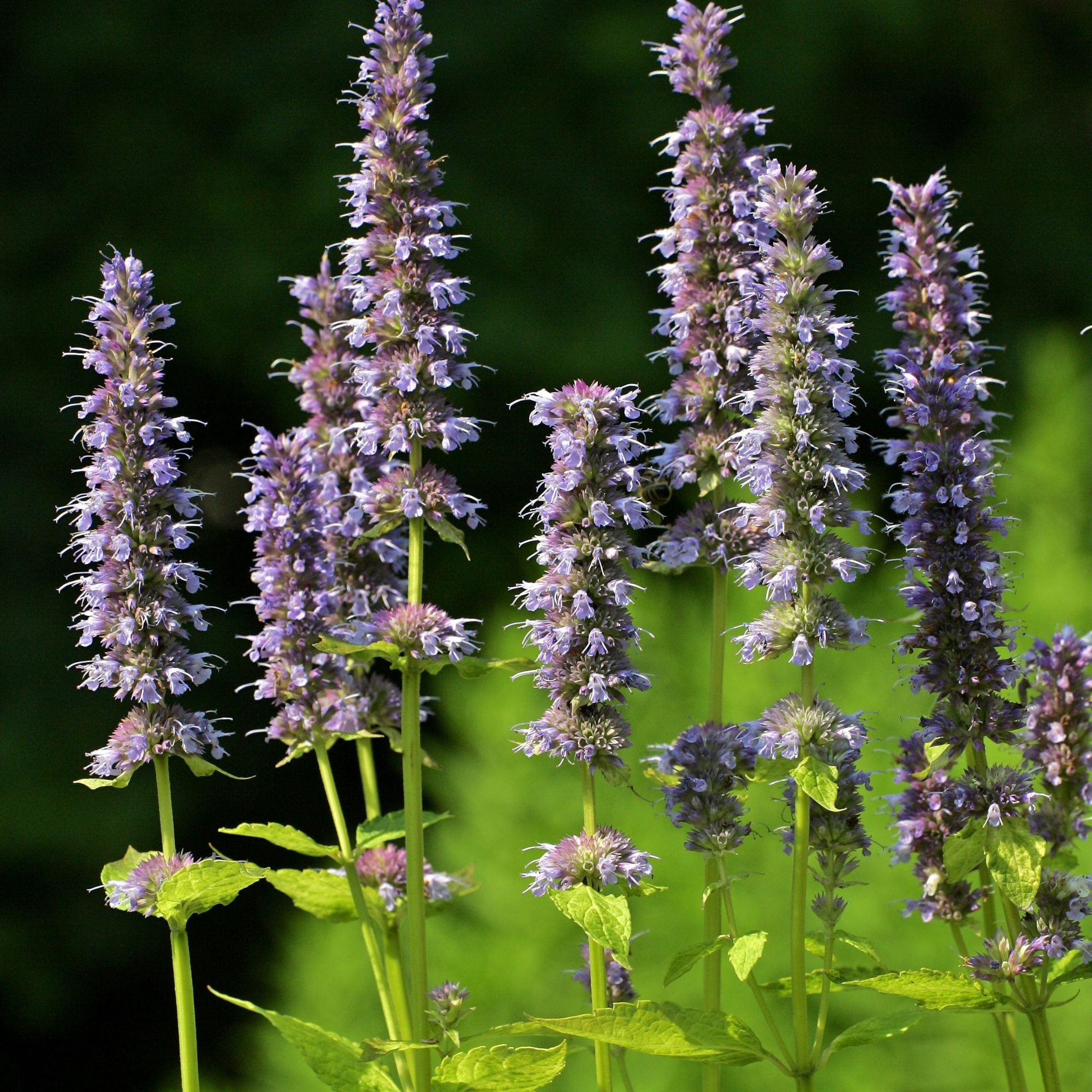
‘Agastache, commonly known as giant hyssop or hummingbird mint, is a genus of aromatic and drought-tolerant plants beloved for their spiky flower clusters, which bloom from mid-summer to autumn,’ says Charlotte Denne, gardens expert at Kent Wildflower Seeds.
‘Thanks to the shift toward planting with purpose, Agastache is a common choice for cottage garden and prairie-style planting schemes because it is resilient and reliable, flowering right throughout the summer with long-lasting blooms which support pollinating insects at their busiest time of year.’
Agastache is best planted during spring when the final frost has passed, so they are ready to bloom mid-summer - so if you want to plant this beautiful perennial in your garden, then now is the time to get ready.
Will you be planting this special flower this spring? Your garden wildlife will thank you for it.

Kezia Reynolds joined the Ideal Home team as News Writer in September 2024. After graduating from City, University of London in 2022 with a bachelor’s degree in journalism, Kezia kicked off her career spending two years working on women’s weekly magazines. She is always on the lookout for the latest home news, finding you the best deals and trends - so you don’t miss a thing!
